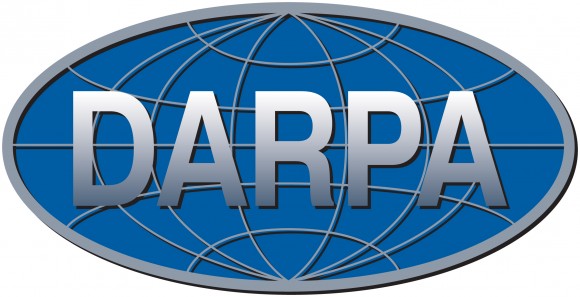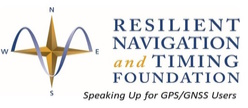
The Strategic Technology Office at the US Defense Advanced Research Project Agency (DARPA) has six focus areas it is currently working on – one of which is Positioning, Navigation, and Timing (PNT). Describing the PNT problem on their website, DARPA says:
The U.S. military has become increasingly dependent upon the Global Positioning System (GPS) for accurate and precise positioning, navigation, and timing in a wide variety of operational environments. However, as U.S. military operations are increasingly carried out in areas where GPS is denied, unreliable, or not accessible, military use of GPS has evolved from strategic advantage to vulnerability. GPS access can now be readily blocked by jamming or environmental conditions. Our military operates in many environments (under heavy foliage, underground, underwater, in buildings, and in cities) that have limited or no access to GPS. In addition, evolving mission requirements for EW, communications, and cooperative effects are challenging the limits of state-of-the-art clocks used in military systems. Current system solutions for providing accurate and precise positioning, navigation and timing in GPS-denied environments are costly, inflexible and often need an external fix that requires intermittent access to GPS…”
I love it when someone else writes my blog posts for me.
My only concern is that DARPA’s charter is to look at new, untested technologies. That probably means that they are not going to even consider the highly successful low frequency solutions, such as Skorpion and Loran variants, already in use by other militaries around the world.
It’s too bad DARPA doesn’t also look at making existing systems better, and take cost-effectiveness into consideration.

